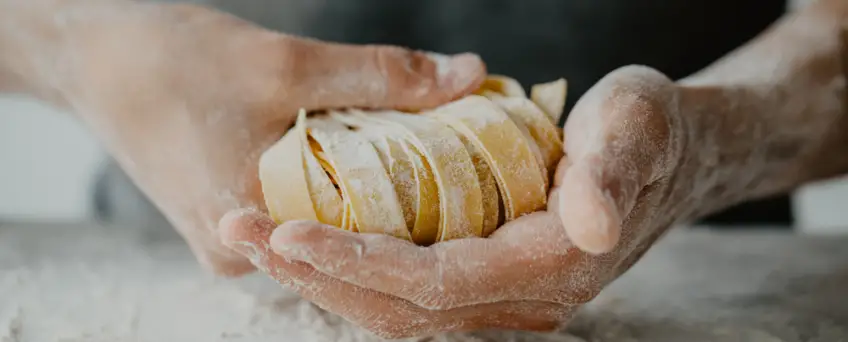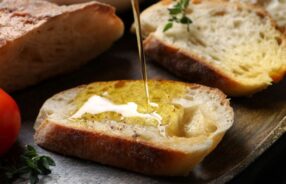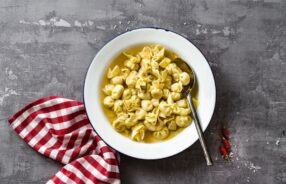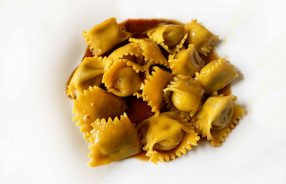5 Curiosities That A Few Know About Italian Food
Italian cuisine has developed through centuries of social and economic changes, with roots extending to antiquity. Significant changes have occurred with the discovery of America and the introduction of potatoes, tomatoes, peppers, corn and sugar beets. It’s known for its regional diversity, especially between the North and South of the peninsula, offers an abundance of tastes and is one of the most popular and copied cuisines in the world.
5 Curiosities About Italian Food: do you know them?
One of the main features of Italian cuisine is simplicity: many dishes, in fact, are prepared by mixing at most four main ingredients. Italian chefs rely mainly on the quality of the ingredients rather than an elaborate preparation. The ingredients and dishes vary according to the region and many dishes that once were regional have rapidly spread throughout the country, often have been reworked to differentiate from region to region.
Italian food contains history, traditions, often legends about its preparation, but also about its use. We tell 5 curiosities that (maybe) few know about Italian food.
-
Drink Water Before Coffee
The overwhelming majority of Italians like to start the day with a steaming cup of coffee: an inalienable habit, now widespread even outside the borders of the Belpaese.

There are many studies that show the benefits of coffee, but there are also negative side effects, particularly if it is the first food you take in the morning. These harmful effects build up over time and can cause health problems in the future. It is widely believed that there is a small remedy to put into practice to “minimize” the damage: drink water before drinking your coffee.
Our body is dehydrated after fasting all night and coffee is a diuretic. This means that it stimulates the kidneys to expel more sodium in the urine. When diuretics “rinse” the sodium, the body also drains the water, so the coffee further dehydrates the body. A glass of water when just waken up makes it possible to compensate for dehydration at night and, in addition, to clean and refresh the palate from other tastes left in the mouth previously, so as to better appreciate a small cup of steaming coffee.
-
Put The Salt In The Pasta: Before Or After The Water Bubble?
Cooking pasta is apparently very simple: you boil water, then add the pasta, set the timer for the minutes indicated on the package, and when the buzzer sounds … voila: the pasta is ready! Simple, no? There are, however, some precautions to follow to ensure optimal cooking. First of all, do not let the pasta cook too much, overcooking; the second: when to add salt? Better before or after the water boils?
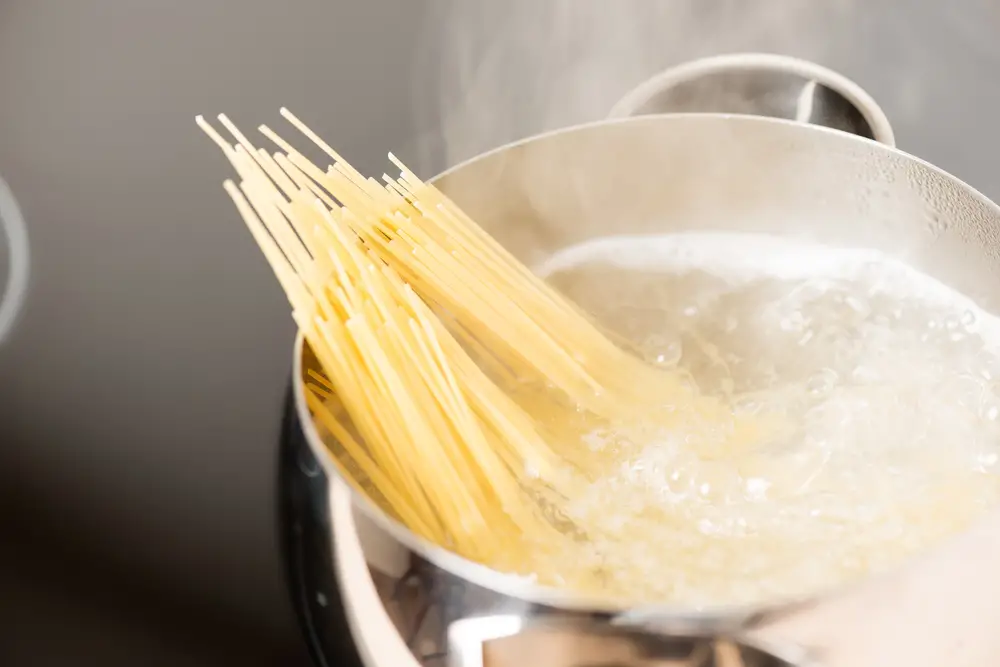
On the question a real debate has been triggered: science advises no to salt water before boiling, because it will take more time to boil. The “practice” claims, instead, that adding a handful of coarse salt before turning on the stove is a good habit… just not to forget to salt the water at all! Whether you opt for one or the other option, our advice is not to add salt directly on the pasta drained and served!
-
San Basilio and “Genoese Pesto“
The main ingredient for pesto is basil. Called “baxaicò” in the Genoese dialect, its botanical name is “Ocimum basilicum”, which derives from the Greek and means royal herb. The varieties of basil that grow in Liguria are the Genovese Giant Basil, the Genovese Common Basil and the Genovese Nano Basil.
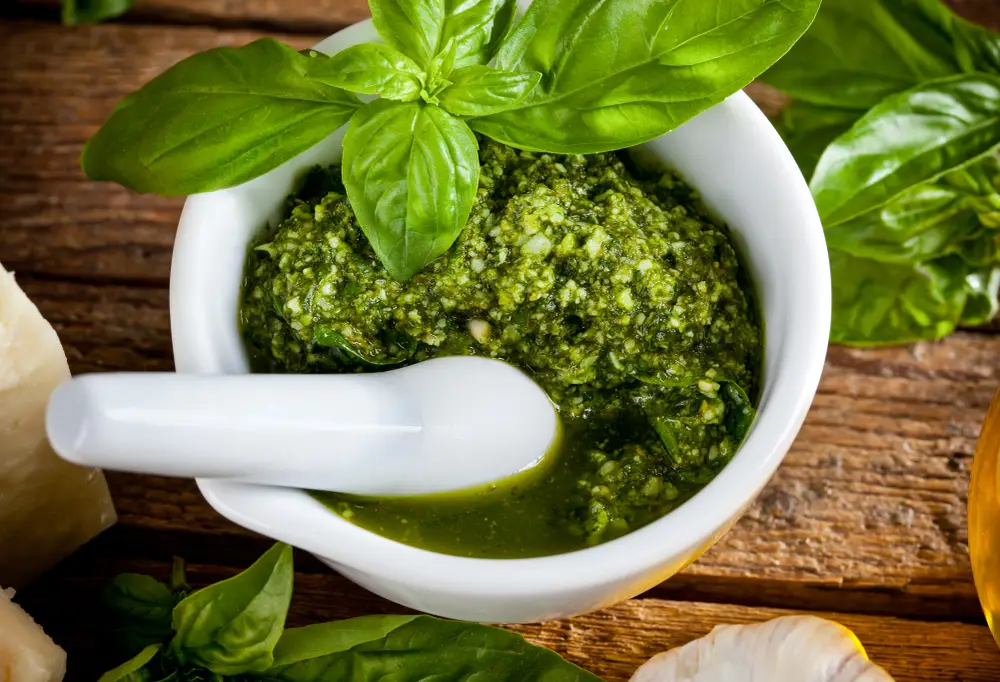
Legend says that on the hills of Prà, near Genoa, a friar from the convent of San Basilio collected the characteristic herbs and spices that spontaneously grew in that area and mixed them with other ingredients, such as pine nuts, walnuts and cheese, donated by faithful, and so he invented the very first version of pesto. The traditional stories also state that the Ligurian basil should be grown in a can, placed on a windowsill overlooking the sea to absorb all the heat of the sun and sea salt.
In real life, basil plants grow in the fields from April to September, or throughout the year in heated industrial greenhouses, as well as on common balconies.
-
Mozzarella: Why Is It Called Like That?
The name mozzarella comes from the Neapolitan dialect and refers to the same form of the product, diminutive of mozza (“cut”), or cut off derived, in fact, from the method of processing. The term was mentioned for the first time in 1570, quoted in a cookbook by Bartolomeo Scappi, which reads “cream milk, fresh butter, ricotta cheese, fresh mozzarella and milk”. The historian Monsignor Alicandri, in the “Metropolitan Church of Capua”, states that in the twelfth century the Monastery of San Lorenzo, in Capua (Campania Region), offered the pilgrims a piece of bread with mozza or provatura.
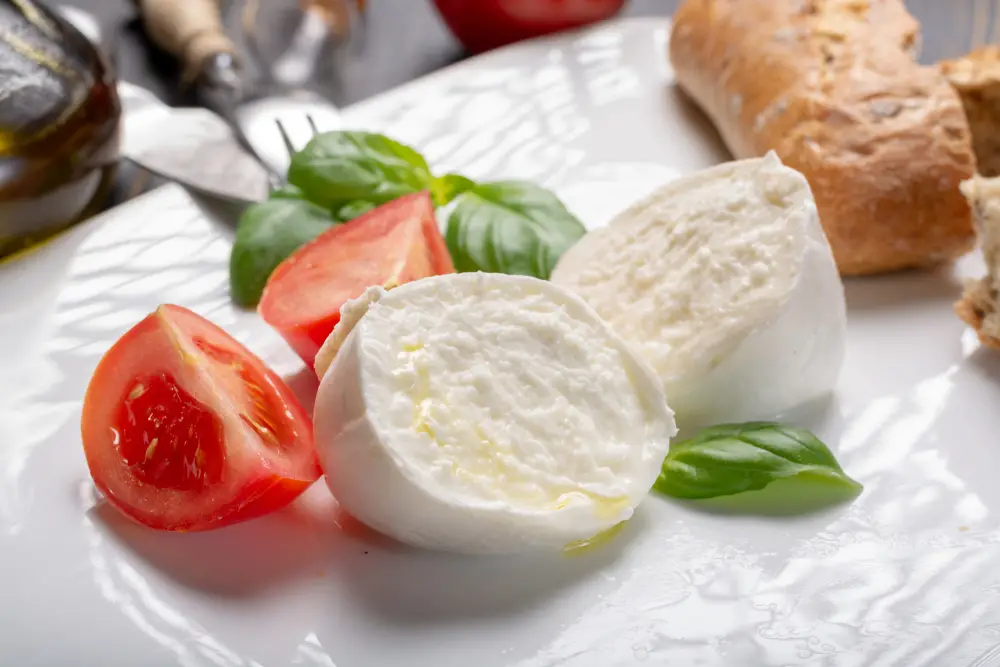
There are about 100,000 tons of mozzarella exported only in 2017, or 10 percent more than the previous year. The main export markets of one of the best known and appreciated Italian cheeses in the world are Great Britain, France, Switzerland, Belgium, Germany.
-
The Incredible Story Of Fettuccine Alfredo
Fettuccine Alfredo are fettuccine dressed with Parmesan and butter. With the heat of the pasta just cooked, the cheese melts mixed with butter and forms a thick and tasty sauce. The dish owes its name to Alfredo Di Lelio, Roman restaurateur who, it is said, invented it at the beginning of the last century as an invigorating dish for his wife, weakened after the birth of her first-born son.
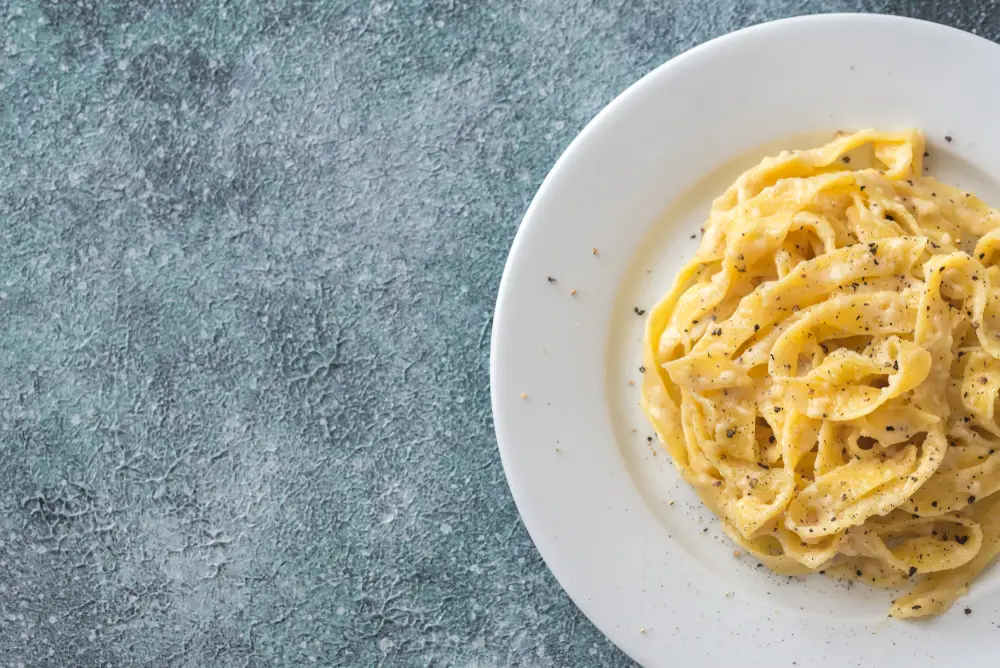
The success of his restaurant allowed Fettuccine Alfredo to become popular soon and, above all, thanks to tourists they spread rapidly abroad particularly in the United States, where, to date they are one of the most appreciated typical Italian dishes. The paradox is that in Italy this dish is not only not considered typical, but it is … practically unknown!
Abroad the recipe has even evolved, and next to butter and parmesan you can also find cream, herbs and other ingredients; in the United States this dish is often garnished with chicken and constitutes a complete meal.

